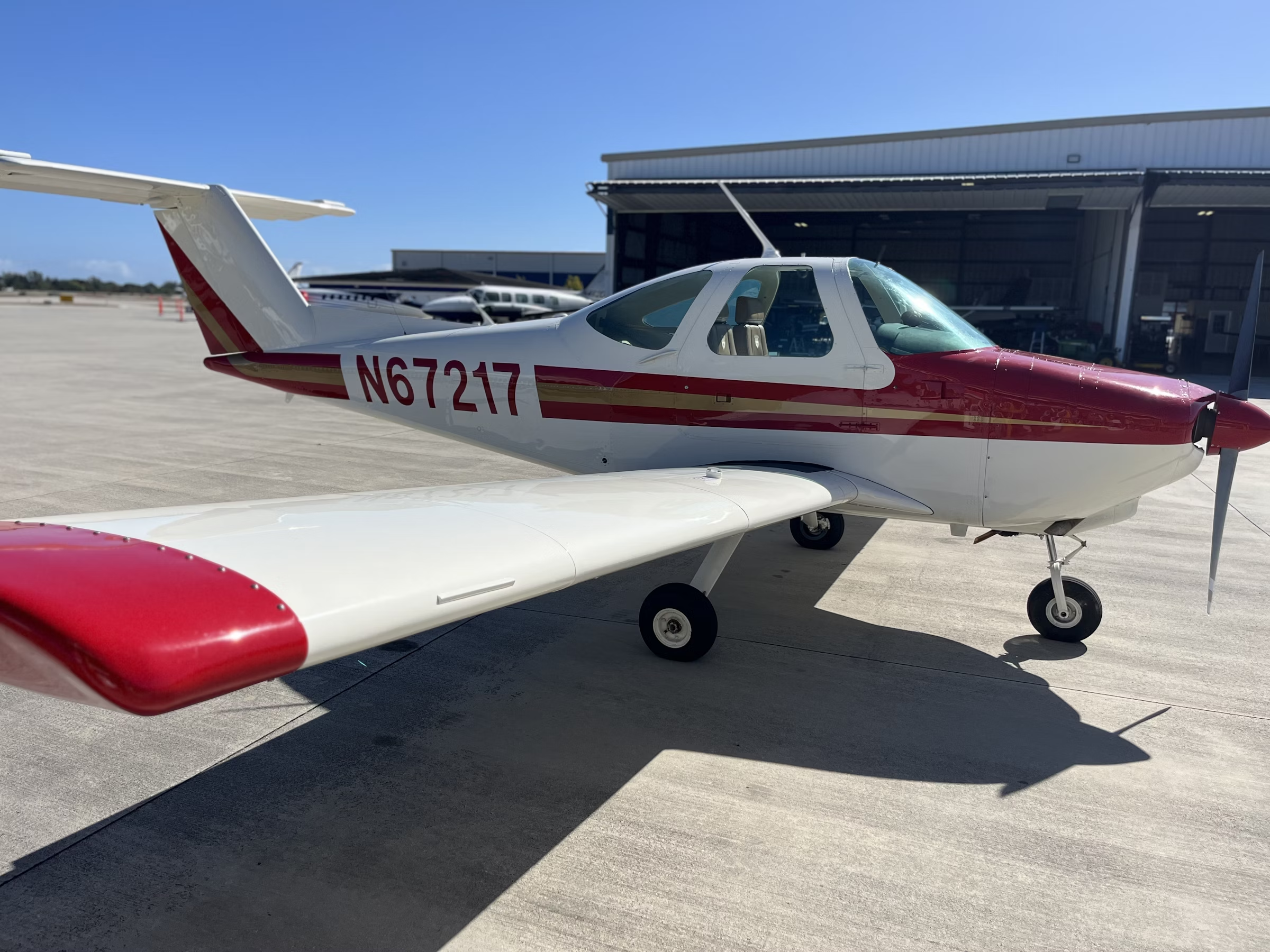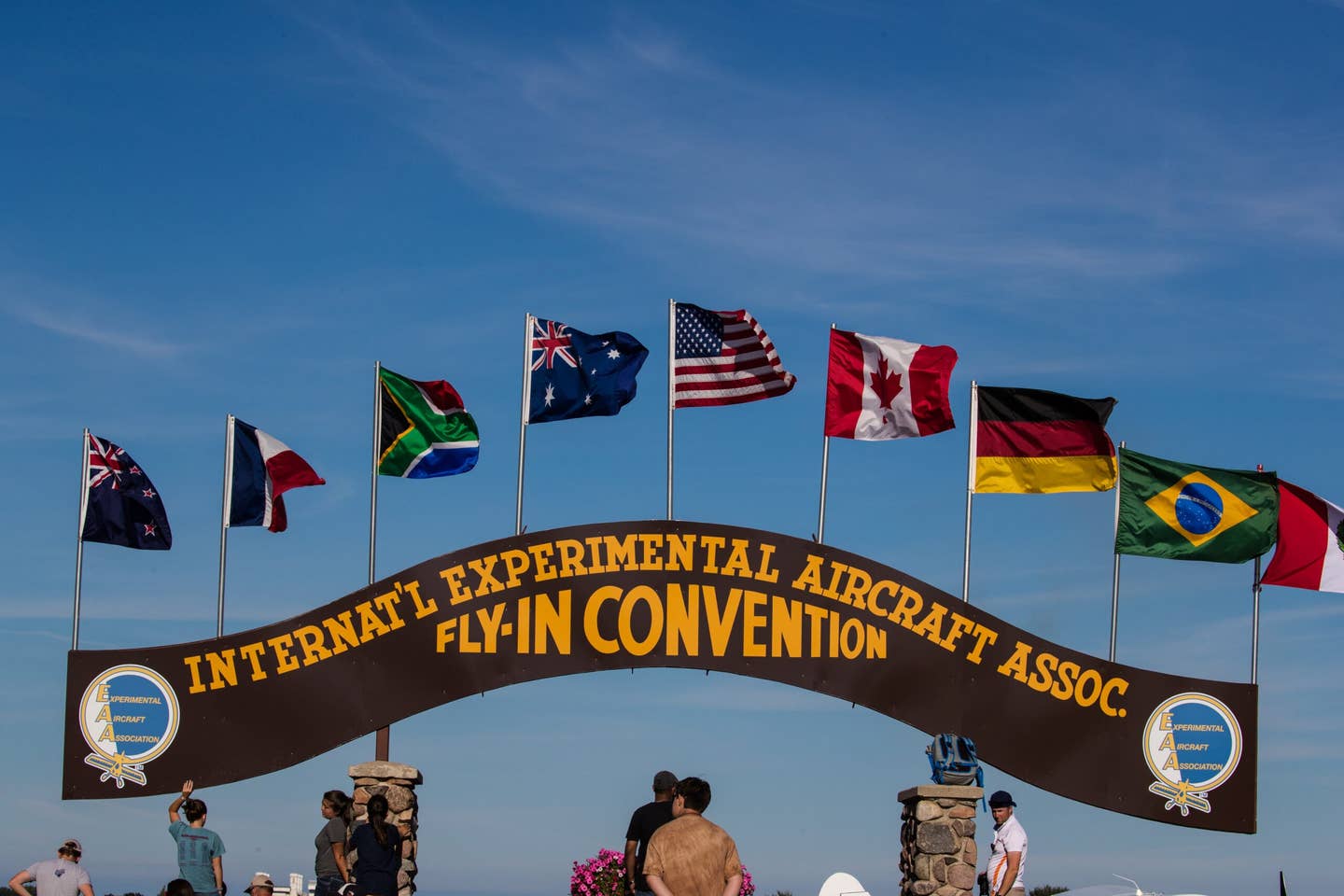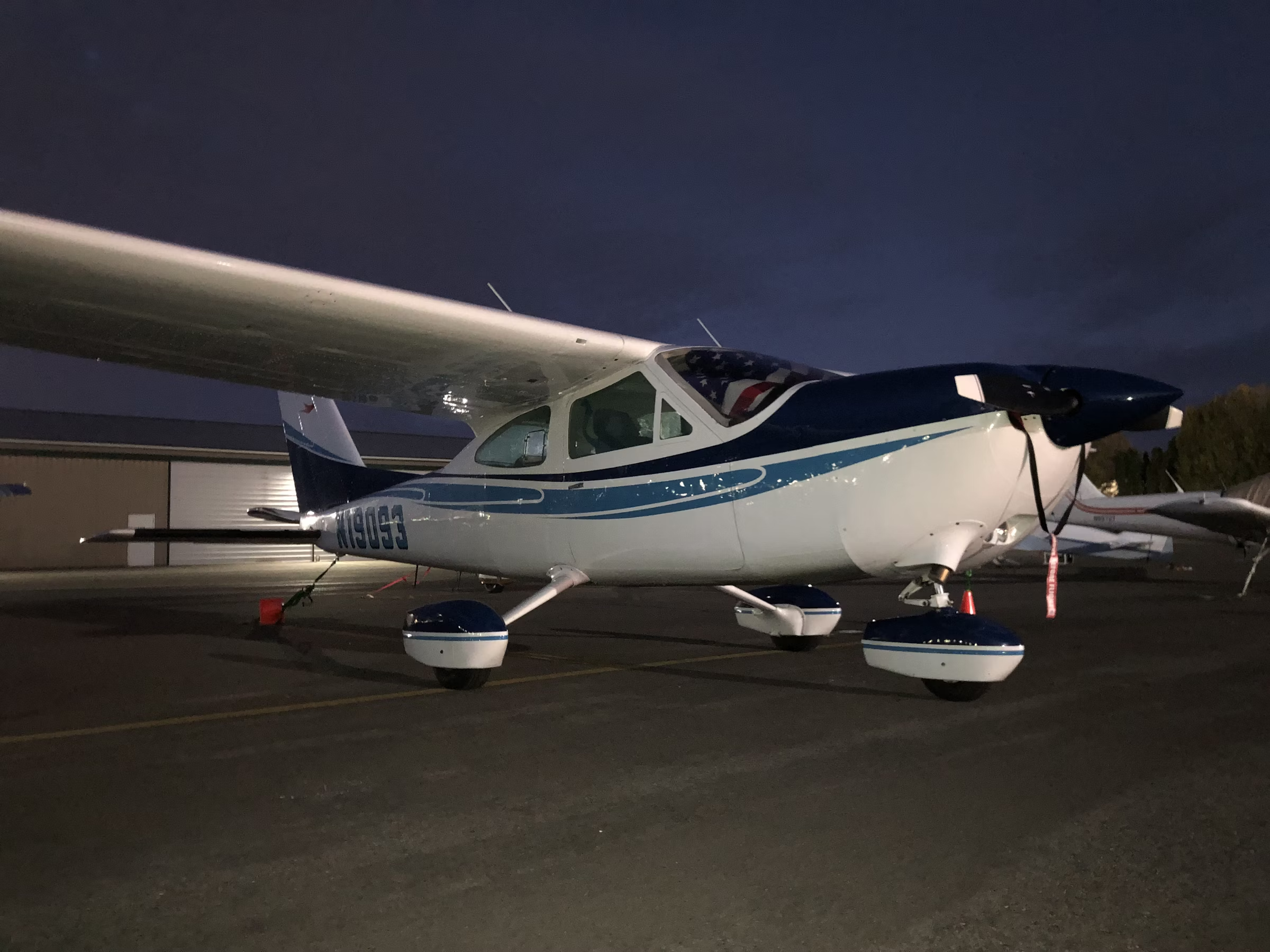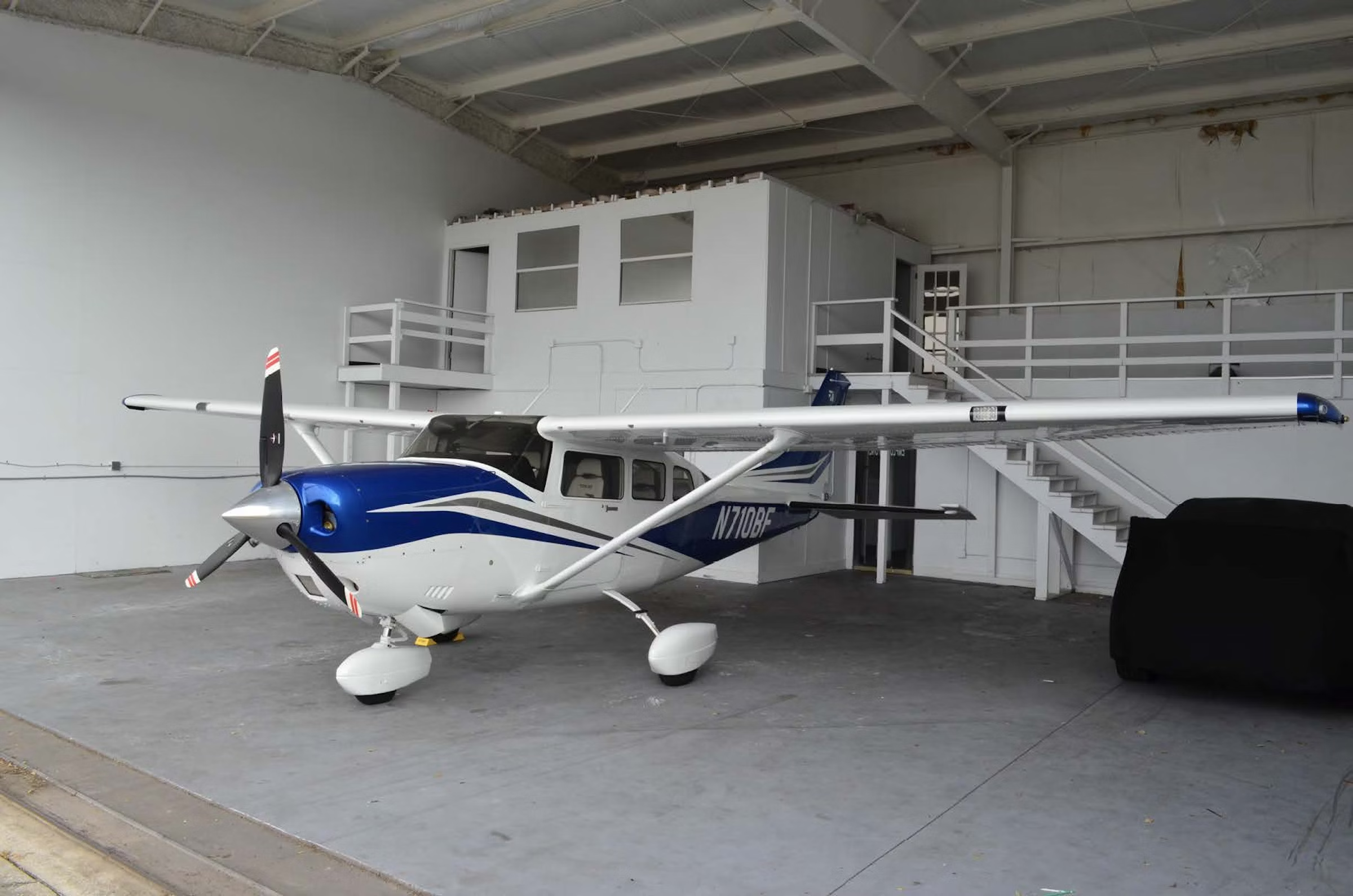Cirrus Service Advisory Throws Fuel on G100UL Maintenance Debate
The SA creates a potential dilemma for aircraft maintainers.
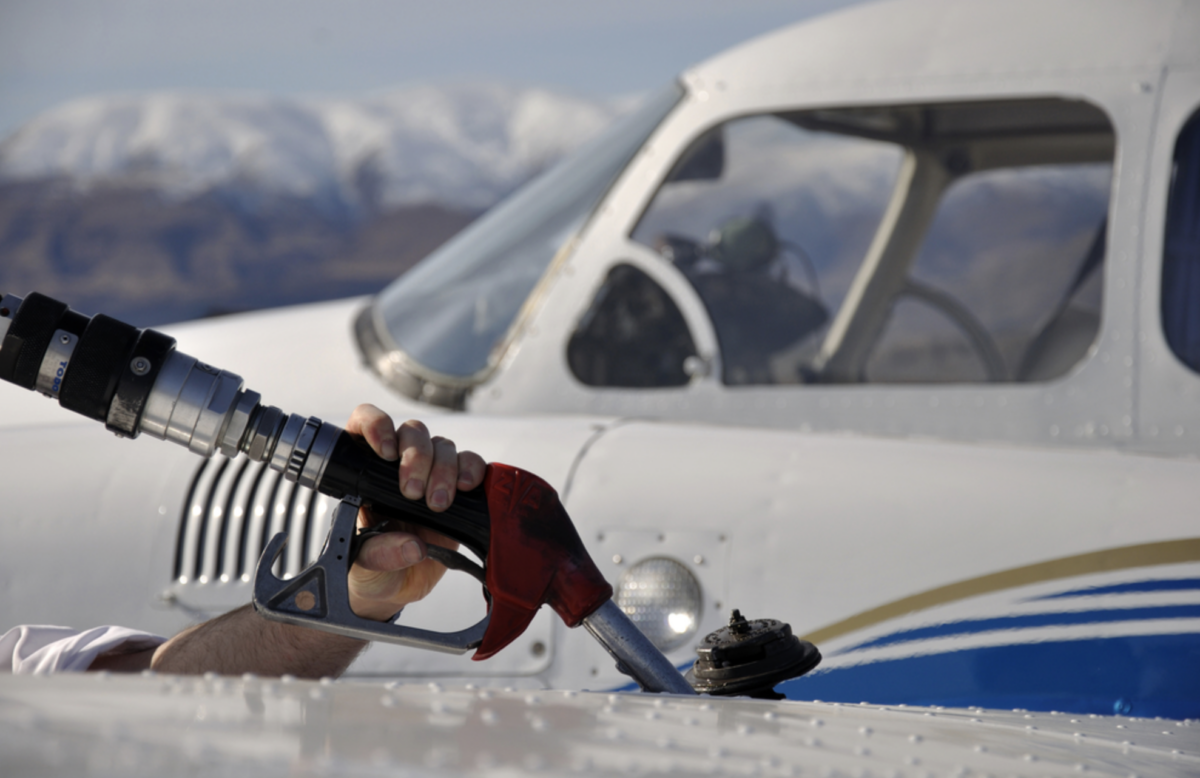
GAMI is disputing Cirrus’s claim that use of G100UL voids the warranties on engines supplied by Lycoming and Continental and used in its aircraft. [Credit: Shutterstock]
In June, Cirrus released a service advisory (SA) regarding the use of fuel that had not been approved for SR Series aircraft. This creates a dilemma for many, including aircraft maintainers.
The issue of what is legal (in FAA terms) and approved (by manufacturers) puts maintainers in a sticky situation. On one hand, the FAA issues a supplemental type certificate (STC) allowing for products to deploy on aircraft, but the engine and/or aircraft manufacturer may not approve or recognize the STC as something permitted for use under the terms of their warranty.
Whether an aircraft owner or operator chooses to use the alternate fuel or not is a matter of choice. The fuel has been approved by the FAA and is perfectly legal to use in the SR series aircraft. The dilemma for the maintainer arises upon returning a Cirrus aircraft to service even for something as routine as an oil change.
- READ MORE: Identifying Corrosion in All Its Forms
Consider this scenario. The pilot opted to refuel with G100UL or the aircraft arrived with G100UL in the tank. This alternate fuel is a drop-in replacement, so 100UL could have been added to 100LL already in the tank. Granted the maintenance action in this case did not involve fuel, but the maintainer is signing for the entire aircraft to be returned to service. If they sign the repair IAW OEM guidelines, this includes Service Advisories (including one that prohibits the use of G100UL fuel). Consequently if the aircraft is carrying G100UL, then this could be an issue because the aircraft is not being returned to service IAW this Cirrus SB.
Of course, as with any guideline, the issue of signing for an aircraft is subject to interpretation. I know mechanics that will only work on aircraft they have personal history with and do not want to return to service an inherited unrecognized maintenance action.
In the advisory (SA24-14) "Transition to Unleaded Fuel and Use of Non-Cirrus Approved Fuel in SR Series Aircraft" released June 18, Cirrus said it was committed to the industry’s transition to unleaded fuels, which is underscored by its collaboration with stakeholders such as the Aircraft Owners and Pilots Association (AOPA), General Aviation Manufacturers Association (GAMA), FAA, and Eliminate Aviation Gasoline Lead Emissions (EAGLE) industry initiative.
Aircraft and engine manufacturer’s are extremely risk averse. They historically do not recognize alternate methods of airworthiness, and this includes STCs, parts manufacturer approval (PMA) parts, and designated engineering representative (DER) repairs.
There is a commercial element to this since any aftermarket PMA part procured from a third party is a revenue lost for the OEM. It appears the reason for the SB in this specific case is Cirrus’ concern about the breakdown of a fuel tank sealant that was seen in an isolated (one) aircraft known to have been fueled with G100UL.
The company will need to vet this against other aircraft in the fleet to ascertain if the perceived breakdown is an isolated outlier related to the drop-in fuel, or if the dislodged fuel tank sealant was a manufacturing defect unrelated to the use of G100UL.
“While some aspects of the initial Cirrus testing of the GAMI G100UL fuel are encouraging, other areas, including materials compatibility, remain inconclusive," the advisory said. “At this time, Cirrus does not approve the use of GAMI G100UL fuel in Cirrus SR Series airplanes. Per Continental and Lycoming, only approved fuels may be used for an engine to be covered by warranty.”
According to the FAA, G100UL is safe to use, hence the STC approval. This took years of testing to clear the milestones. In fact GAMI uses the fuel in its company SR22..
According to GAMI, the fuel has undergone substantial testing and displayed no issues on other aircraft. The company also disputes Cirrus’ claim that using G100UL voids the warranties on engines supplied by Lycoming and Continental, however, the engine manufacturers have confirmed its use could affect warranty claims, according to AVweb.
Tim Roehl, president of GAMI, indicated that his team is drafting a formal response to Cirrus Service Advisory SA24-14 to be posted on its website. Roehl also said that the sealant Cirrus references is not the polysulfide sealant more commonly used in the industry but a polythioether sealant. Roehl stated that G100UL has been in service since 2010 on one wing of the company’s Cirrus SR22, using the same polythioether sealant Cirrus uses, with zero incidents.
The FAA does not comment on specific OEM warranty policies but the agency has reiterated that GAMI’s G100UL does have the STC approval. This is not uncommon as the FAA routinely approves alternate solutions without the buy-in from OEMs. The burden is on the third-party solution provider to prove airworthiness—i.e. STC holder, PMA manufacturer, or designated engineering representative for DER repairs.
What This Means for Maintainers
This fuel issue places aircraft maintenance professionals in a bit of a quandary. On one side, you have the FAA approval for G100UL, but at least one aircraft manufacturer, Cirrus, and one engine manufacturer, say they are not approved via service advisories.
The FAA typically steers clear of airframe/powerplant OEM issues until they become an airworthiness directive (AD). To assist in clearing any confusion, the agency issues periodic documents to help owner/operator/maintainer stay abreast of the situation. One such publication is the FAASTeam service bulletins.
When asked if service bulletins are mandatory, the FAA says: It depends.
Here is a quick agency ruling: “If you are operating your aircraft under 14 CFR part 91, a service bulletin is advisory, and compliance is not mandatory unless it is included in an Airworthiness Directive.”
Another resource is FAA Advisory Circular AC 20-114, which addresses manufacturers’ service documents: “Service documents should be neither treated nor represented as the official FAA approval documents, unless either a letter of design approval from the FAA or a record that compliance has been determined by an FAA designee is on file for recommended actions indicated as FAA-approved in service documents.”
That said, service documents are beneficial and transmit a wealth of knowledge. When returning aircraft to service, it is critical to list if the action is in accordance with OEM information or another alternate form of maintenance. This comes into play when installing PMA parts, or an STC like G100UL.

Sign-up for newsletters & special offers!
Get the latest FLYING stories & special offers delivered directly to your inbox

